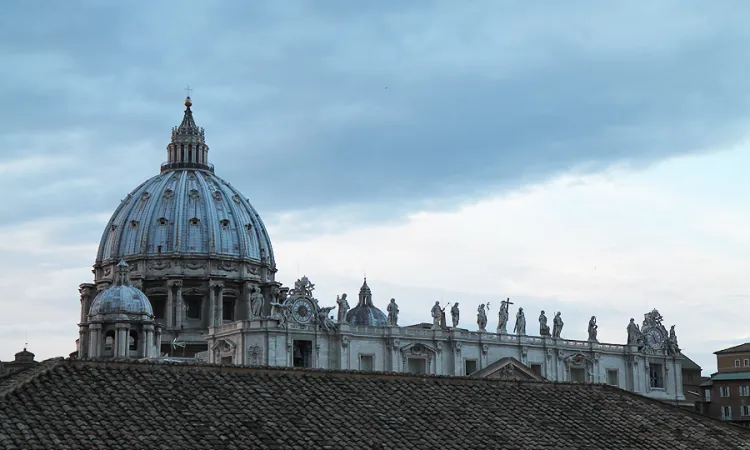The book, in fact, which according to Nuzzi "tells the story of that war- through documents that have never before been made public- offering proof of a gigantic, and seemingly relentless, malfeasance that the Pontiff is challenging with singular courage and determination," is a convoluted, sometimes boring novel-style tale that intertwines the assassination of Pope Albino Lucciani with free masons among cardinals, gay lobbies, Italian mafia, international corporations and bugs planted inside the Vatican offices.
Using –and abusing- allegedly secret documents and taped conversations, Nuzzi makes the case –already well known-that Pope Francis is determined to put an end to the practice the author describes: "For too long, in an incredibly facile and superficial manner, millions have been disbursed to pay for unbudgeted jobs that were executed without the required oversight and with ridiculously padded invoices. Many have taken advantage, pocketing even the donations of the faithful, the offerings that were supposed to go to the needy."
The second chapter, regarding the making of saints, opens with praising words toward Msgr. Lucio Ángel Vallejo Balda and Francesca Chaouqui, precisely the two individuals that last weekend were arrested by the Vatican for leaking confidential documents to the press –maybe to Nuzzi himself. Vallejo Balda will be presented as a hero all along the book, especially in chapter nine.
Nuzzi clearly shows his lack of knowledge of Vatican proceedings, complaining that "making a saint" has an average price tag of 500,000 Euros. "We then have to consider the costs of all the thank you gifts required for the prelates who are invited to festivities and celebrations held at crucial moments in the process, to say a few words about the acts and miracles of the future saint or blessed."
Nuzzi clearly ignores the expensive nature of theological, moral, historical and medical investigations required to make sure that a saint has the necessary "heroic virtues" and later that a miracle to his intercession is corroborated. And most importantly, ignores that no postulator of a saint, not even the ones of Archbishop Oscar Romero, have ever complained about the cost of the process.
In the third chapter the author aims to describe the murky management of Peter's Pence –mostly a fair claim- and to tell the "lavish" style of too many cardinals: "The cardinals of the Curia reside in princely dwellings of 400, 500, even 600 square meters." It is true that, as in many other financial areas, the Vatican real estate is in need of reform. But Nuzzi ignores that although some Cardinals have indeed scandalized with the lavishness of their quarters, many other Cardinals and Vatican officials are forced to live in gigantic apartments built centuries ago that they never chose, and sometimes can barely afford. For example, after the signing of the Lateran pacts that made peace between the Vatican and the Italian state, Mussolini built the colossal Vatican Building of San Calisto, at the Trastevere, with apartments for cardinals so large that many can't afford to cool it down during the summer or warm it up during the winter. And that's barely the Cardinals' fault. In the same vein, Nuzzi tries to make the case of how much the Vatican would earn if it rented their real estate property at market prices rather than at the discounted prices they give to curia members. The argument is ridiculous. Vatican officials make significantly low salaries and receive lousy medical insurance and retirement plans. The only advantage the Vatican can offer to them, is a reduced rent, as well as gasoline, food, home products and medicines free of the Italian taxes. In order to rent Vatican property at market prices, the Vatican should have to pay competitive salaries, which at the end would be far more expensive.



